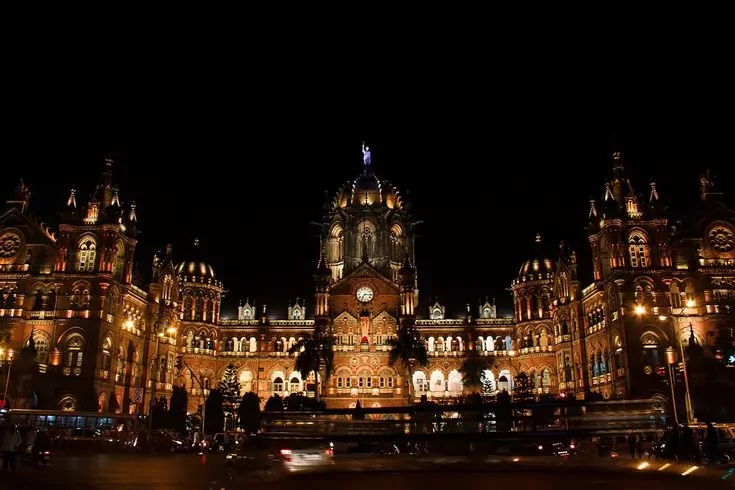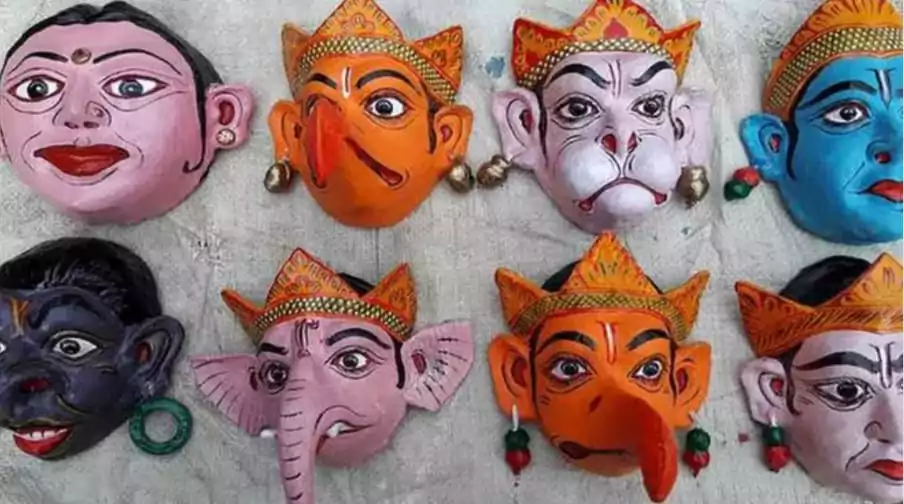It’s fascinating to see how history glorifies the differences only to tell us how similar we all are… aren’t we? Our art and architecture, philosophies and sciences only reveal to us that we are different by DNAs and same by cells. And that’s what the (hi)story of Indo-Saracenic Architecture reflects.
Indo-Saracenic Architecture (also known as Hindu-Gothic, Indo-Saracenic, Neo-Mughal and Mughal-Gothic style of architecture) was a revivalist architecture style, inspired by the Arts & Craft Movement of England, which was developed in the late 19th century by the British. It embodied an amalgamation of Indian, Islamic and Western architecture styles like Neo-Classical, Gothic and Victorian of 19th century Britain. The word Saracenic comes from the word Saracen which was used by the British to refer to Muslim or Arabic-speaking people.
Going back to the 19th century…
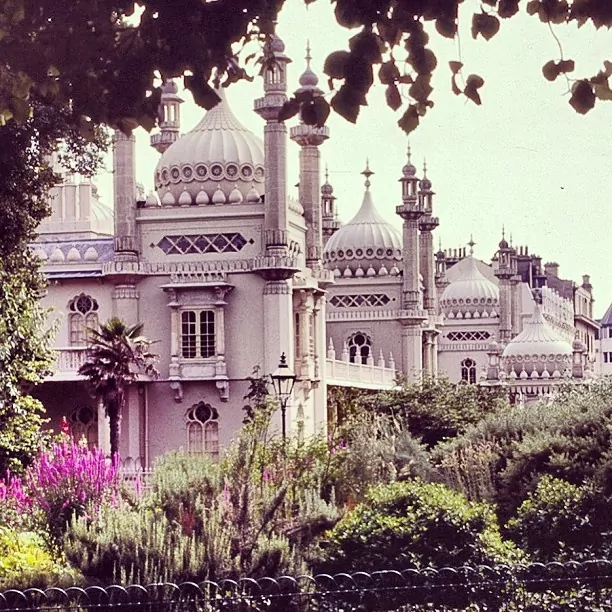
Prior to the development of Indo-Saracenic Architecture, British architecture featured the classical Roman and Greek architecture style for public buildings to reflect colonial authority, status, and dominance. But the First War of Independence—The Revolt of 1857—changed everything!
The British’s ideology saw a drastic shift. They started exploring ways to fit in, much like a new product company wanting to relate to their target group. And hence came up with the idea to reflect Indian culture and its past in their architecture. They blended Islamic and Indian architectural elements for the exterior and retained the British arrangement for the interior, to come up with this new form referred to as Indo-Saracenic Architecture.
It was the Arts and Crafts movement of the English that propelled the idea forward. This movement was a reaction against the Industrial Revolution, marking the beginning in recognition of craftsmanship and design. And so the incorporation of traditional architectural elements, taken both from Hindu and Muslim architecture styles – such as spires, tracery, domes, arches, and vaults – began. This style expanded its influence more because it shared some similarities to the Gothic architecture, like that of arched gateways and bold surface decorations.
But gradually, in the 1920s, during the pre-independence years, this style of architecture started fading away. And its impact remained limited to government projects, or the local patrons like the princely states.
Distinctive features of the Indo-Saracenic Architecture
The British developed this style of architecture to imprint it as their legacy in India. It was purposefully used in the British government and public buildings built on a large scale to emphasize their prestige and power. Some major characteristics of these buildings included:
- Domed kiosks and chhatris
- Onion (bulbous) domes and many miniature domes
- Minarets or towers
- Pointed, scalloped or cusped arches
- Open pavilions, sometimes with Bangla roofs
- Vaulted roofs and overhanging eaves
- Harem windows and Mashabriya
- Colonnaded balconies
- Pierced open arcading and jali works
- Pinnacles
- Curved roofs like char-chala
- Iwans, that were used as entrances or as decorations
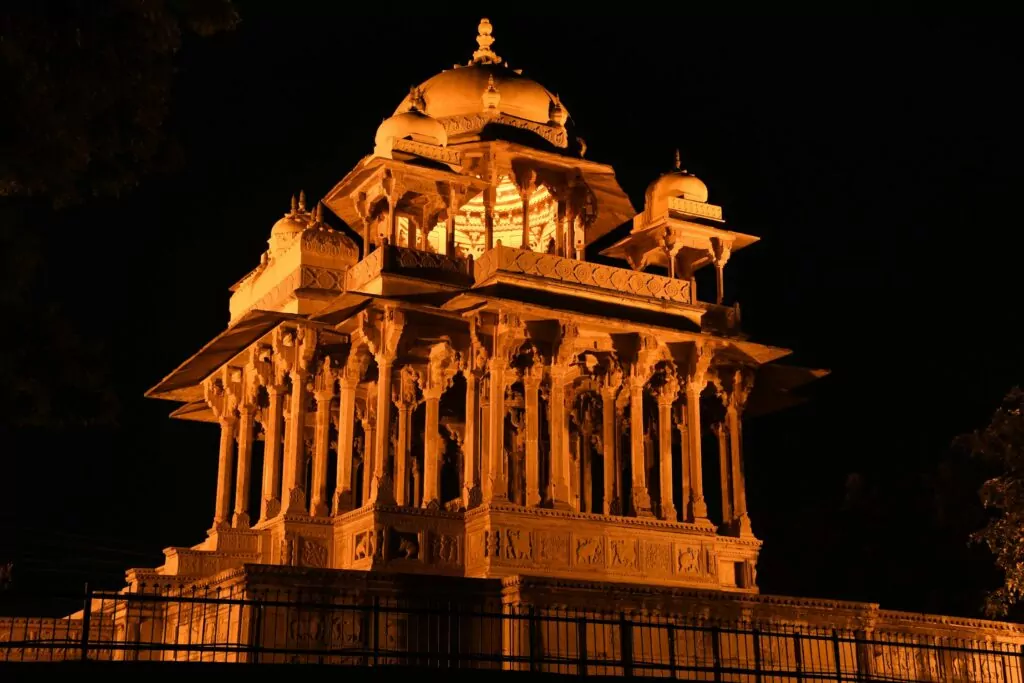
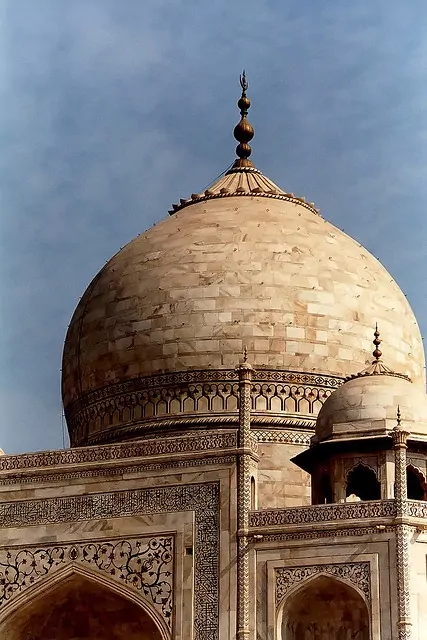
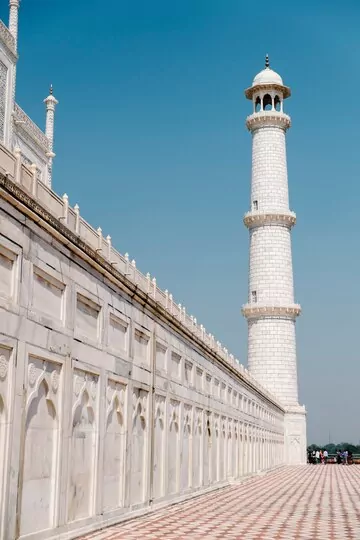
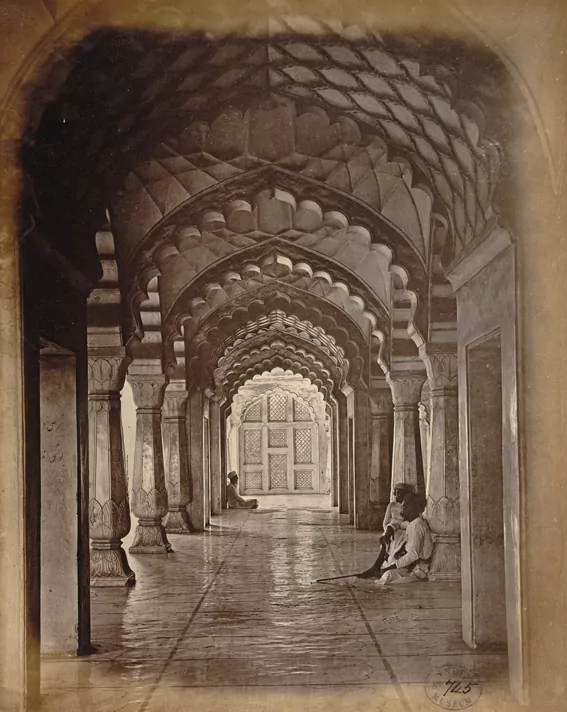
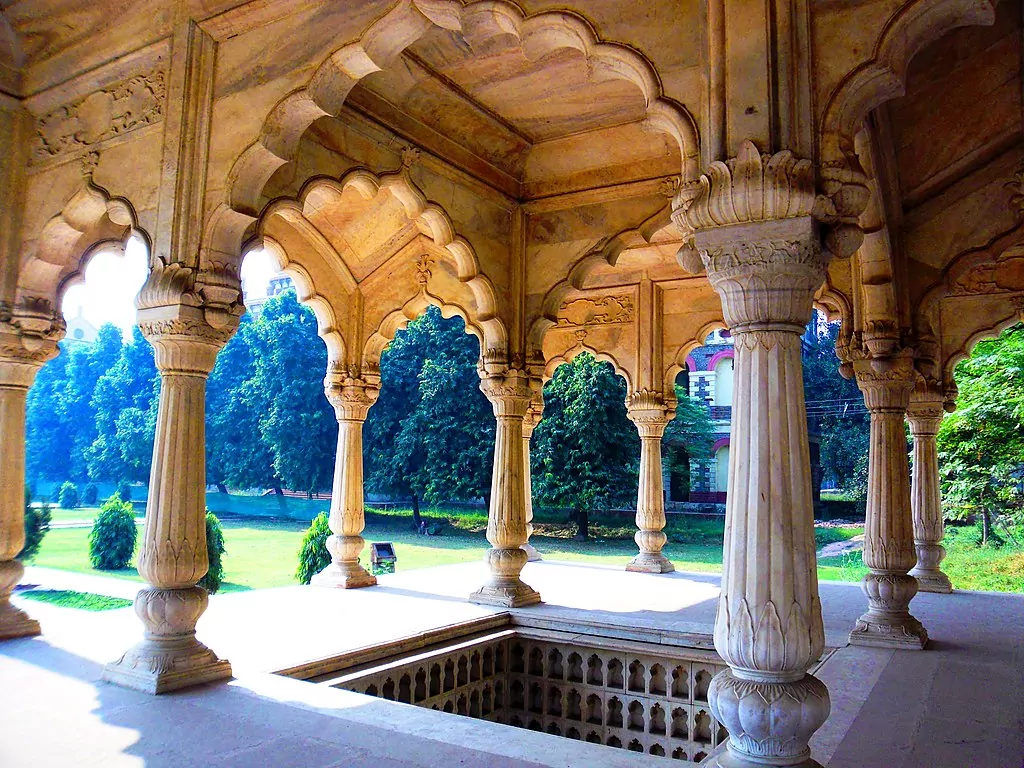
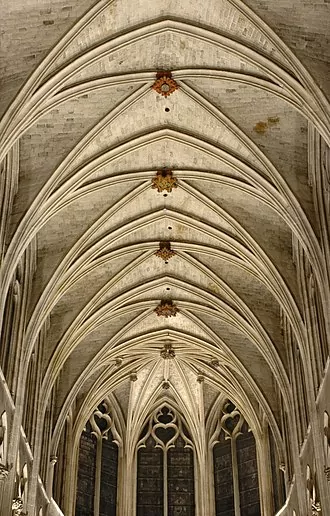
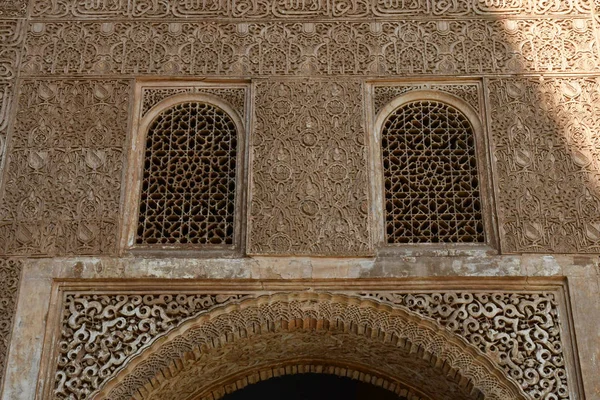
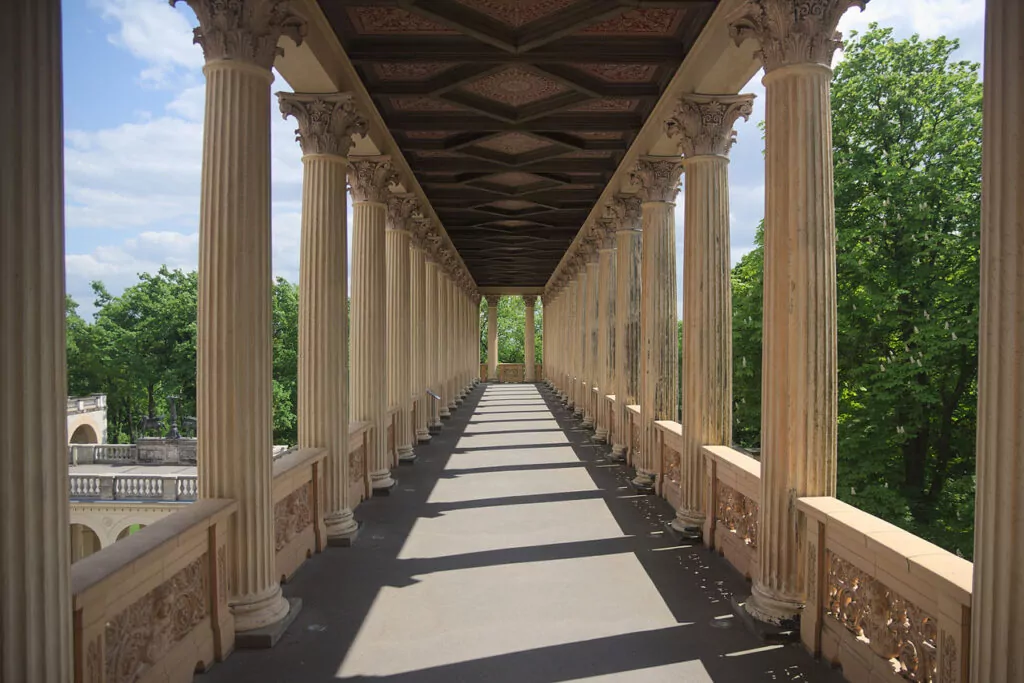
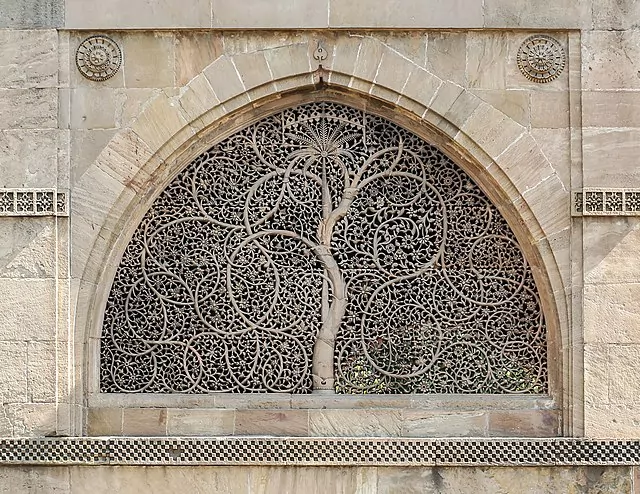
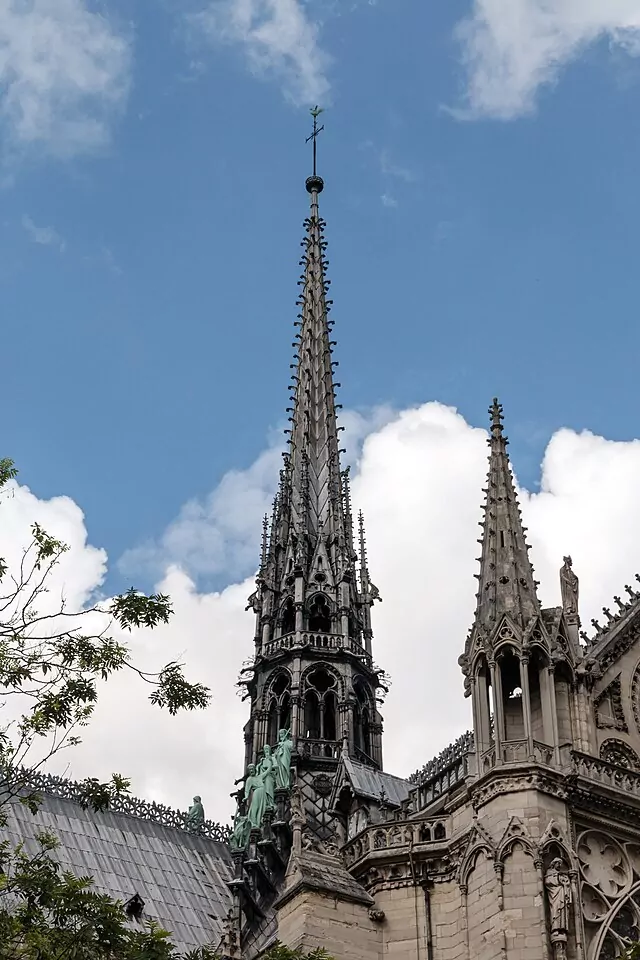
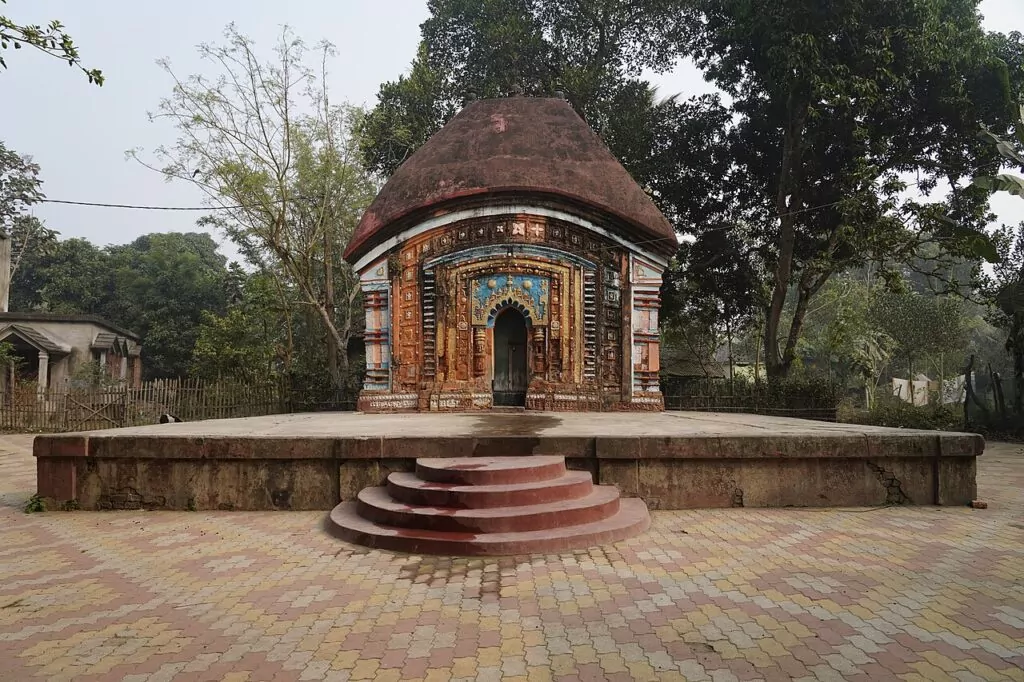
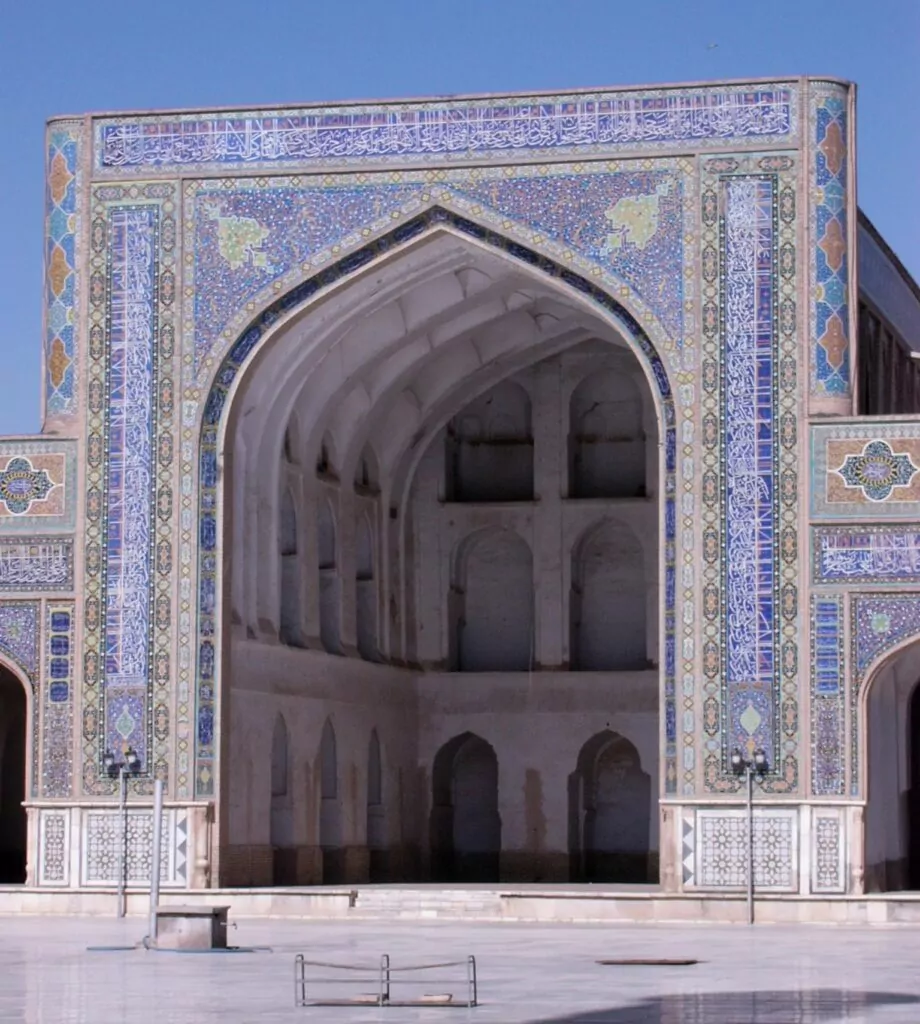
The leading advocates of this style during the 19th century were Robert Fellowes Chisholm, William Emerson, Samuel Swinton Jacob, Charles Mant, Edwin Lutyens, Henry Irwin, Frederick W. Stevens and George Wittet.
Prominent examples of Indo-Saracenic Architecture in India
The Chhatrapati Shivaji Terminus, Mumbai
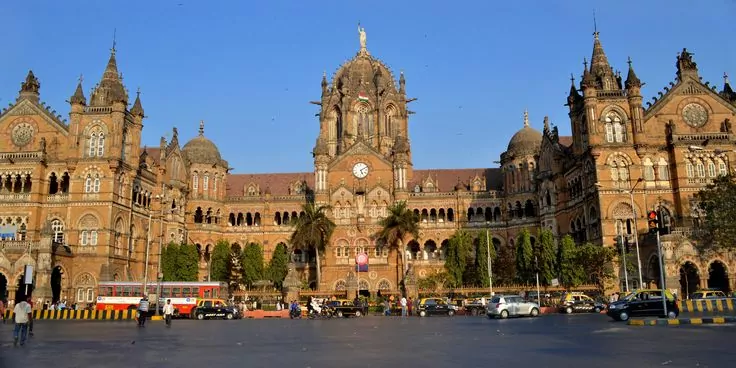
Previously known as Victoria Terminus, this exquisite structure paved the way for the Indo-Saracenic architectural movement. It is currently functional as the Mumbai Railway Station and as well forms a part of the UNESCO World Heritage sites.
Victoria Memorial, Kolkata
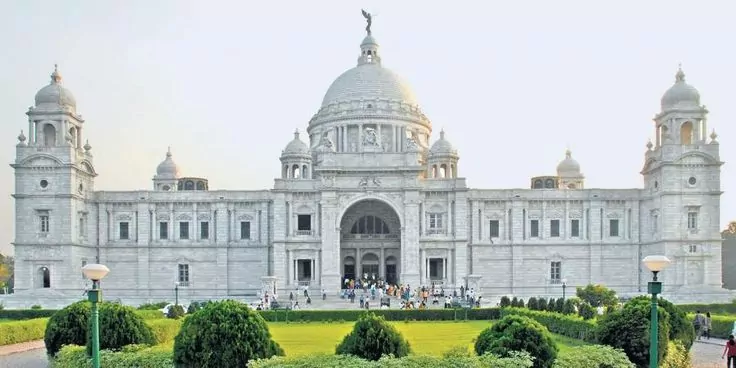
Victoria Memorial was built in the year 1921 by Sir William Emerson in reverence to Queen Victoria. It is surrounded by a pool, statues and gardens which add to the aesthetic to the now-museum. The place now showcases India’s rich history through artifacts, sculptures and paintings.
Rashtrapati Bhavan, New Delhi
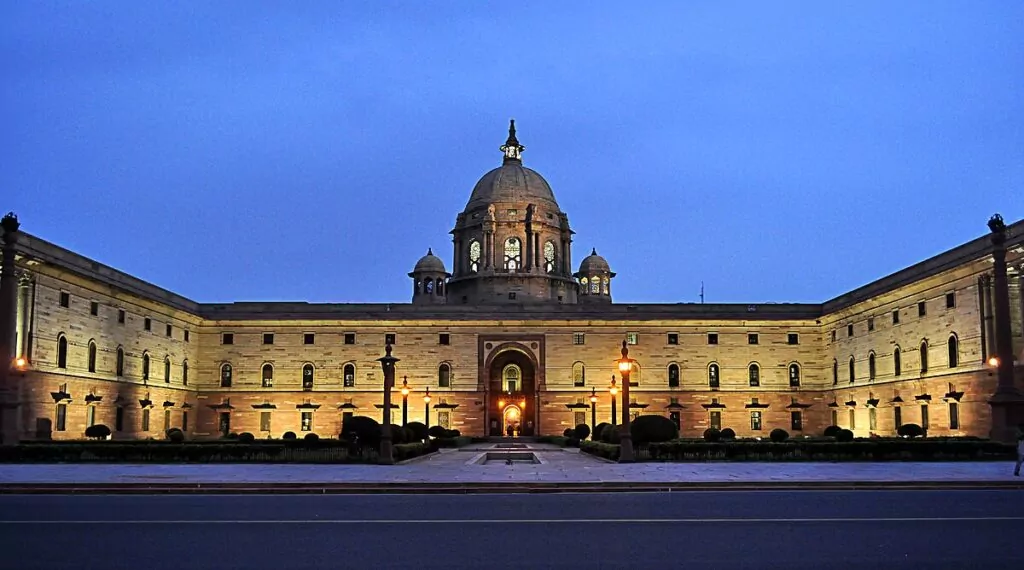
Rashtrapati Bhavan or the presidential residence in New Delhi was completed in the year 1929 and exhibits styles of Rajput, Mughal and European architecture. It also presents the legendary Jaipur column.
Indo-Saracenic Architecture beyond India
This style of architecture was native to British India, which encompassed present-day India, Pakistan, and Bangladesh. Its influence extended to other British colonies, such as Malaysia and Sri Lanka, due to British rule. In fact, Indo-Saracenic architecture also left its mark on Britain itself! Some of these examples include:
Curzon Hall in Bangladesh
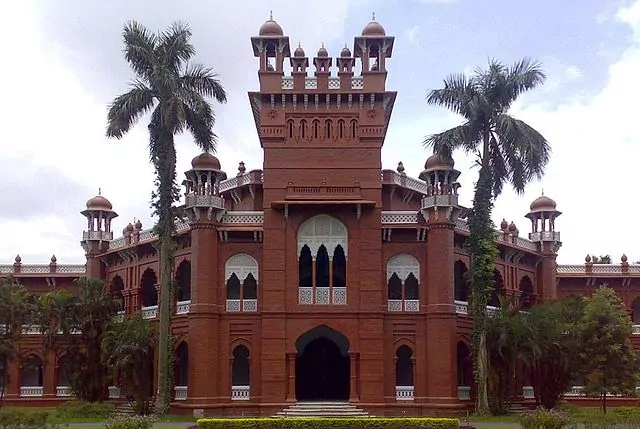
Commissioned by the 35th viceroy Lord Curzon, Curzon Hall incorporates multi-cusped arches, turrets, kiosks and lattices boasting its captivating architecture. It initially had to be town hall but owing to lack of funds, it became a part of Dhaka University.
Lahore Museum in Pakistan
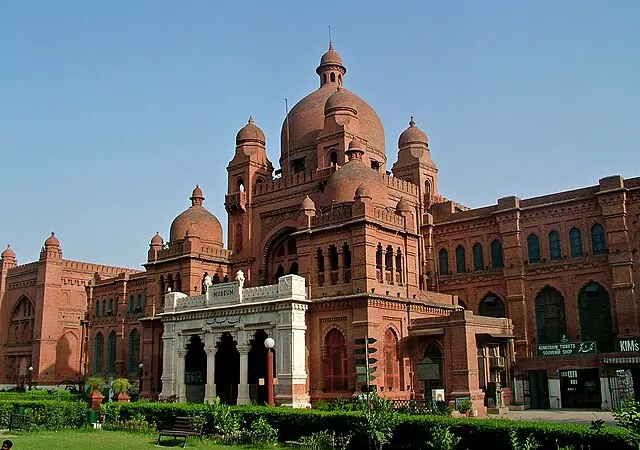
If you’ve read Kim by Rudyard Kipling, it is this museum that he refers to as Ajaid Ghar (or the Wonder house). It was completed in the year 1893, and was designed by Bhai Ram Singh and John Lockwood Kipling. Currently, it serves just as a museum but initially incorporated Victoria Jubilee Institute as well.
Sezincote House in United Kingdom
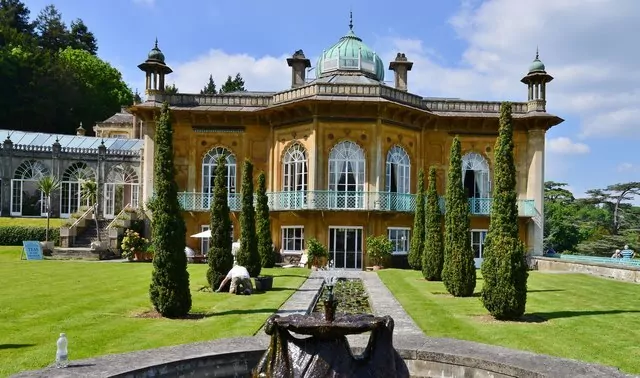
Sezincote House was an endeavor to recreate the architectural features that existed during the reign of Mughal Emperor Akbar. While it features domes and overhanging eaves like that Mughal architectural style, it also features arches and carved lotuses that were a part of Hindu temple architecture. At present, it is a private residence but is also available to be hired as a wedding venue (which I personally suggest you to do if you have the means!).
Jaffna Public Library in Sri Lanka
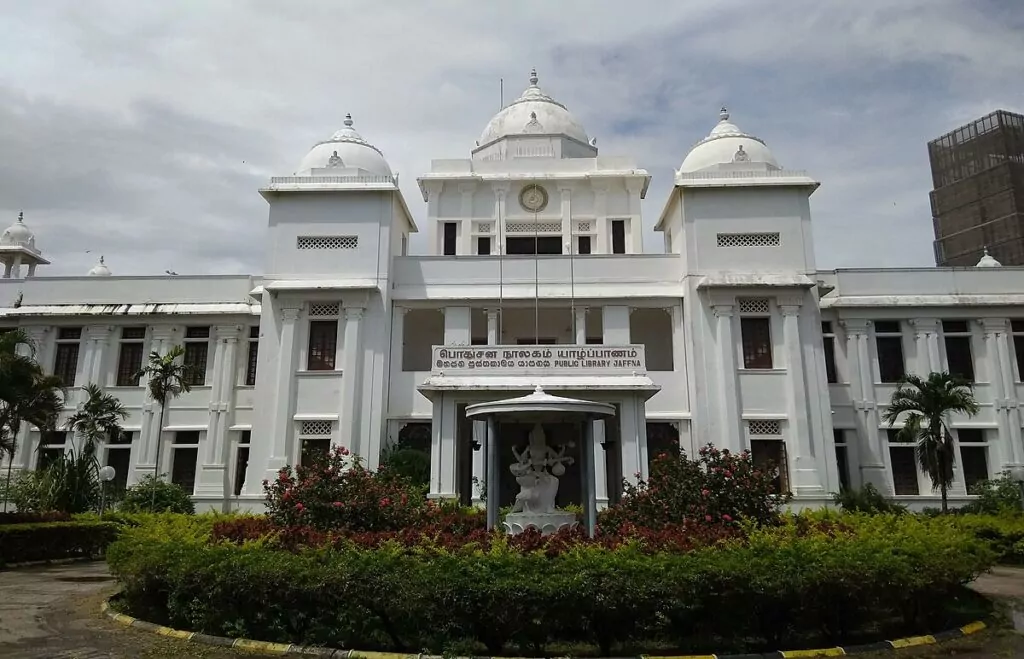
S Narsimhan along with distinguished Indian librarian S R Raganathan, planned the Jaffna Public Library in Indo-Saracenic architectural style. This library began in a small room with a collection of merely 1000 volumes of journals and paper but soon shifted to a building owing to its large subscriber base and now is a prominent example of Indo-Saracenic architectural style.
Reflecting back,
the British did leave a legacy behind by uniting the religious architectural styles of mosques and temples. And the impact wasn’t restrained to just India! This blend influenced and notably impacted the global architectural practice that is cherished in global history.
To learn more about Indian art and artists, download the Rooftop app from the App Store or Google Play to stay updated on our upcoming art events and workshops. Stay tuned to rooftop blogs and follow us on @rooftop_app.
By Vidhi Ojha

